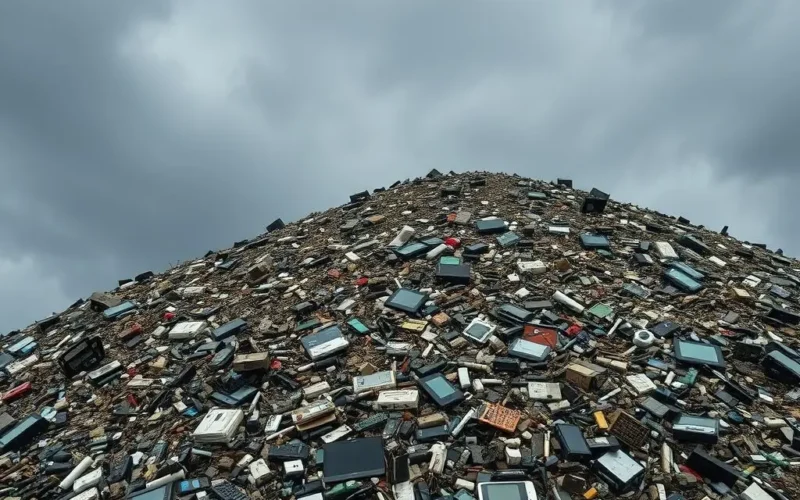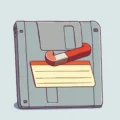Ever paused to think about where your old smartphone, clunky laptop, or defunct TV actually goes when it reaches the end of its life? It's easy to toss them aside, forgotten remnants of our rapidly evolving tech world. But here's a startling reality check: we are generating an absolutely staggering amount of electronic waste – or "e-waste" – every single year. We're talking about a mountain of discarded electronics so immense, it's difficult to truly wrap your head around.
Imagine approximately fifty million tonnes of this stuff piling up annually. To put that into perspective, that colossal heap outweighs every single commercial airplane ever built, combined! It's not merely junk; it's a complex mix of materials, some benign, others incredibly harmful, and some surprisingly valuable.
Before we delve deeper into the nitty-gritty of what this means for our planet and our health, take a moment to watch this short video. It offers a quick, punchy overview that might just change the way you think about your next tech upgrade:
Table of Contents
What Exactly is E-Waste?
E-waste broadly refers to discarded electrical or electronic devices. It includes everything from large household appliances like refrigerators and washing machines to IT and telecommunications equipment like computers and mobile phones, consumer electronics like TVs and stereos, lighting equipment, electrical and electronic tools, toys, leisure and sports equipment, and medical devices. Basically, anything with a plug or a battery that's been thrown away.
The Sheer Scale and Growth
The figure of 50 million tonnes might sound abstract, but it's a concrete crisis growing at an alarming rate. Driven by rapid technological advancements, decreasing product lifespans, and increased consumer demand, the volume of e-waste is projected to rise significantly in the coming years. Some estimates suggest it could reach 74 million tonnes by 2030. This rapid increase puts immense pressure on waste management systems globally, particularly in developing countries which often receive e-waste shipped from more developed nations.
It's a global issue, not confined to one region. Every country contributing to or receiving this flow faces significant challenges in handling it safely and sustainably.
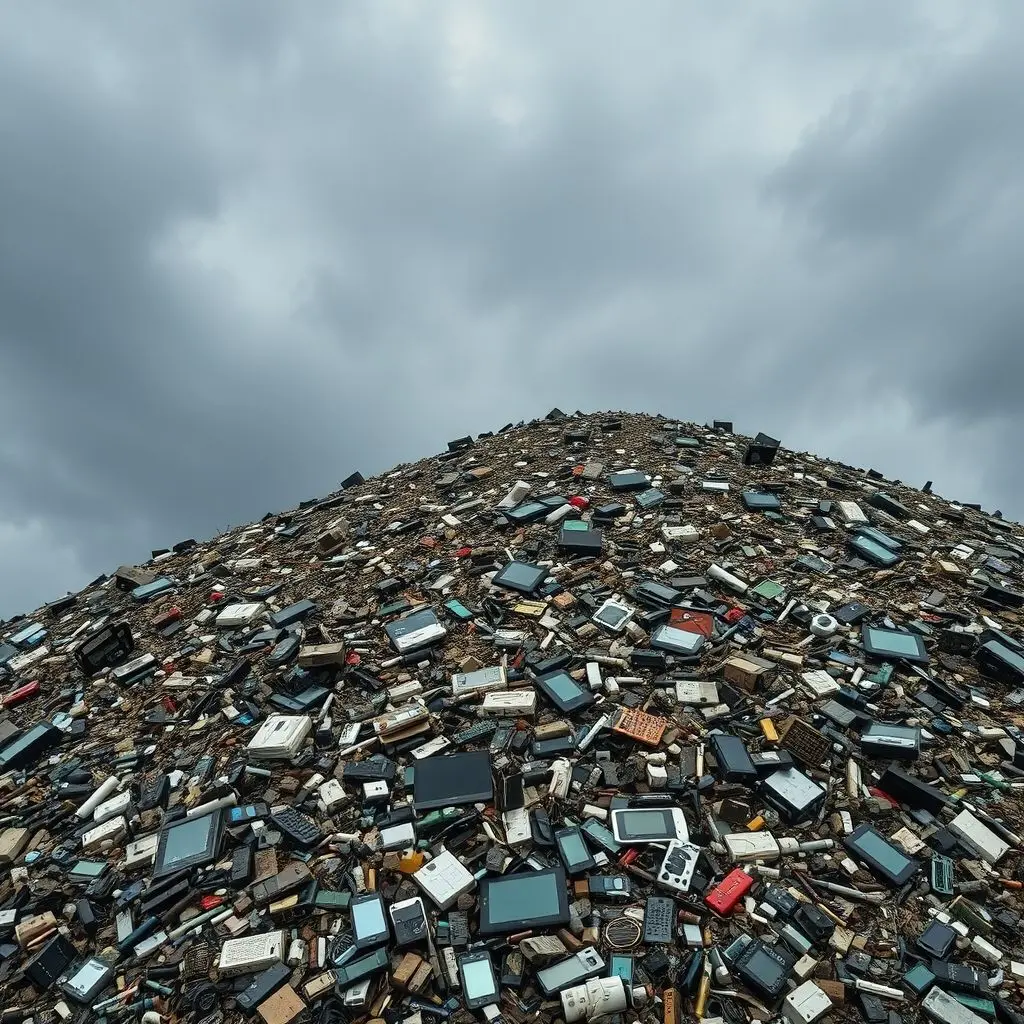
The Hidden Dangers: Toxic Cocktail
Beneath the plastic casing and metal components lies a dangerous secret. E-waste is not inert; it's packed with hazardous substances that pose severe risks if not handled correctly. Common culprits include:
- Lead: Found in cathode ray tubes (CRTs) of old monitors and TVs, solder, and circuit boards. It's a potent neurotoxin.
- Mercury: Used in switches, relays, and flat-screen monitors. It damages the brain and kidneys, and bioaccumulates in the food chain.
- Cadmium: Present in batteries, resistors, and semiconductors. It can harm the kidneys, bones, and respiratory system.
- Chromium (Hexavalent): Used in metal housings for corrosion protection. It's a known carcinogen.
- Brominated Flame Retardants (BFRs): Applied to plastics and circuit boards to reduce flammability. They can interfere with hormone function.
- PCBs (Polychlorinated Biphenyls): Though largely phased out, they persist in older equipment. They are toxic, carcinogenic, and accumulate in the environment.
When e-waste ends up in landfills, these toxins can leach into the soil and groundwater, contaminating vital resources. In informal recycling operations, often involving burning or acid baths without protective measures, these chemicals are released into the air, soil, and water, directly exposing workers and surrounding communities to extreme health risks.
Burying Riches: The Lost Resources
Amidst the hazardous materials are valuable resources just waiting to be recovered. Electronic devices contain significant amounts of precious and semi-precious metals, including:
- Gold: Found in connectors, circuit boards, and cables.
- Silver: Used in switches, relays, and components.
- Copper: Ubiquitous in wires and components.
- Palladium: Used in capacitors and connectors.
- Platinum: Found in some components.
- Rare Earth Elements: Critical for displays, magnets, and other advanced components.
These materials are finite resources, and mining them is an energy-intensive and environmentally disruptive process. The concentration of metals like gold in e-waste can actually be higher than in mined ore. By failing to recycle properly, we are essentially burying valuable resources that could be extracted and reused, reducing the need for virgin mining and creating a more circular economy.
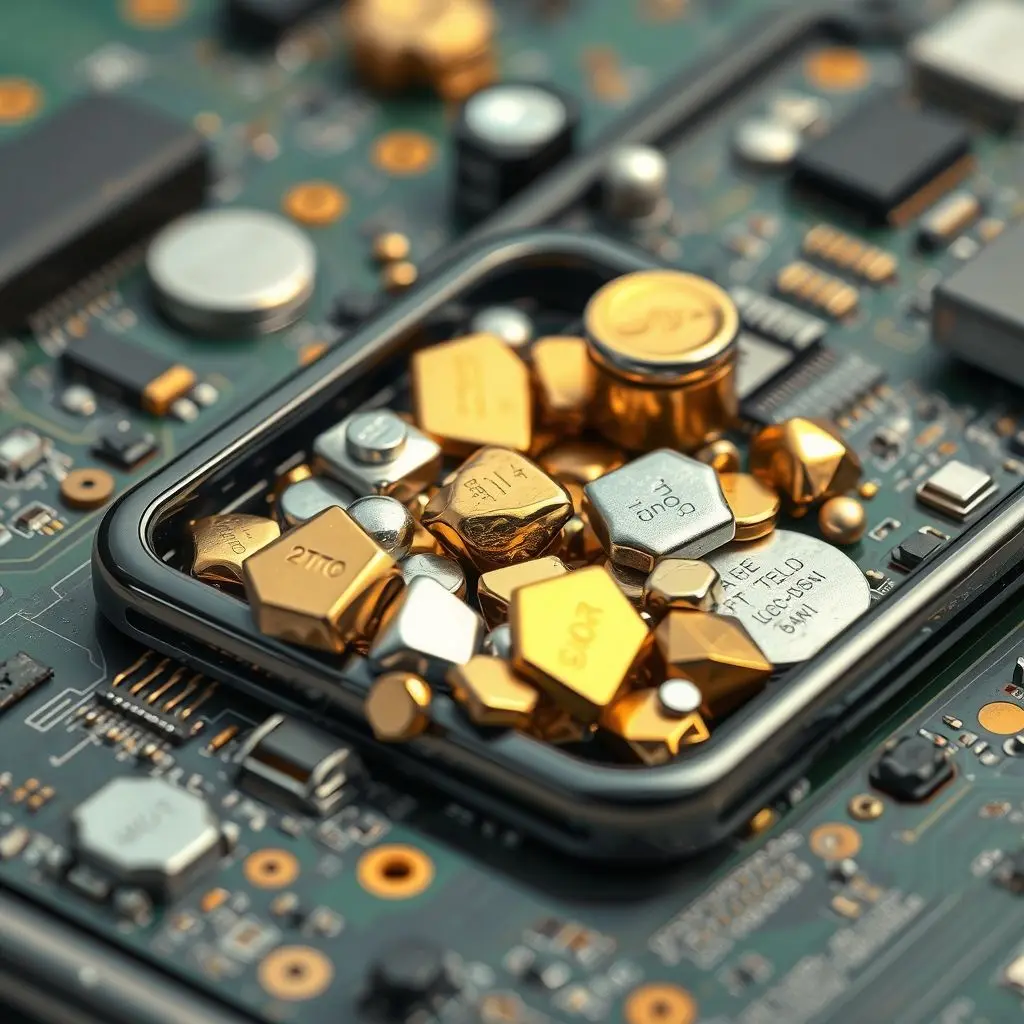
Impact on Human Health
The health consequences of improper e-waste handling are dire. Exposure to lead can cause developmental problems in children and damage the nervous system. Mercury affects the brain and kidneys. Cadmium can lead to bone disease and kidney damage. BFRs are linked to thyroid problems and neurological effects. Workers in informal recycling sites, often without protective gear, face the highest risks, experiencing respiratory issues, skin diseases, reproductive problems, and increased cancer rates. Even communities living near these sites can be affected through contaminated air, water, and food.
Environmental Fallout
Beyond human health, the environment suffers significantly. The leaching of heavy metals and toxins from landfills or crude disposal sites contaminates soil and pollutes surface and groundwater, making it unsafe for drinking and agriculture. Burning e-waste releases persistent organic pollutants (POPs) and dioxins into the air, contributing to air pollution and acid rain. This contamination harms ecosystems, affecting plant and animal life, and disrupting biodiversity.
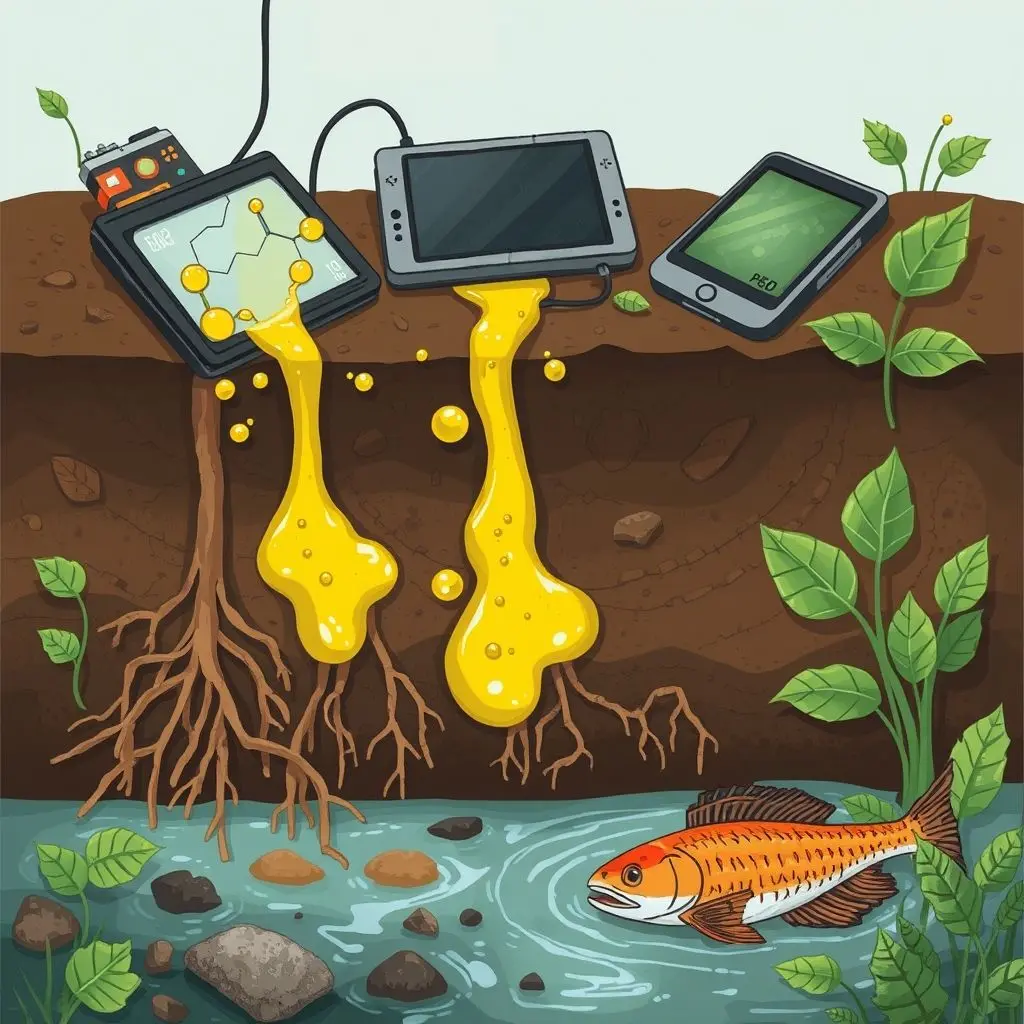
Stepping Towards Solutions: The Way Forward
Addressing the e-waste crisis requires a multi-pronged approach involving individuals, manufacturers, and governments.
- Reduce & Reuse: The most effective strategy is to minimize the amount of e-waste generated in the first place. This means buying only what you need, choosing durable products built to last, and resisting the pressure for unnecessary upgrades. Before discarding, consider if the item can be repaired or repurposed.
- Repair: A growing movement advocates for the "right to repair," making it easier and more affordable for consumers and independent shops to fix electronic devices. This significantly extends product lifespan.
- Responsible Recycling: When an item truly reaches the end of its useful life, proper recycling is crucial. Seek out certified e-waste recyclers who adhere to strict environmental and safety standards. These facilities use specialized processes to safely dismantle devices, recover valuable materials, and dispose of hazardous components responsibly. Avoid simply throwing electronics in regular trash or using informal channels that may resort to harmful practices.
- Manufacturer Responsibility (EPR): Many countries are implementing Extended Producer Responsibility schemes, which place the onus on manufacturers to manage the end-of-life phase of their products. This incentivizes them to design more durable, repairable, and recyclable electronics.
- Consumer Awareness: Educating yourself and others about the impact of e-waste and the importance of proper disposal is vital. Demand sustainable products and responsible recycling options.
Why Proper Recycling Isn't Just Good, It's Essential
Choosing responsible recycling isn't just about being environmentally conscious; it's a smart move for the economy and our collective future. It conserves finite natural resources, reduces the need for environmentally damaging mining, saves energy required to process raw materials, prevents toxic pollution, and creates green jobs in the collection, sorting, and processing sectors. It transforms a harmful waste stream into a valuable resource stream.

FAQs About E-Waste
Q: Can I just throw my old phone in the regular trash?
A: Absolutely not. Electronics contain hazardous materials and valuable components that should never end up in landfills. They must be recycled through designated e-waste programs.
Q: How can I find a certified e-waste recycler?
A: Check with your local municipality, electronics retailers, or search online databases provided by environmental agencies or certified recycling organizations in your region. Look for certifications like R2 or e-Stewards.
Q: Is recycling e-waste expensive?
A: While there might be a small fee for some items or collection services, the cost is minimal compared to the environmental and health damage caused by improper disposal. Many retailers and manufacturers offer free take-back programs.
Q: What happens to the data on my devices when I recycle them?
A: Reputable recyclers follow strict data destruction protocols. However, it's always best practice to back up your data and perform a factory reset or professional data wipe before handing over your device for recycling.
Q: Are there any alternatives to buying new electronics?
A: Yes! Consider buying refurbished devices, which are often cheaper and come with warranties. Explore options for repairing your current devices or selling/donating them if they are still functional.
Moving Towards a Sustainable Digital Future
The sheer volume and toxic nature of e-waste present a formidable challenge, but it's one we absolutely must confront. Each old gadget discarded without thought contributes to environmental degradation and health risks. Conversely, every decision to repair, reuse, or responsibly recycle is a step towards conserving precious resources, reducing pollution, and building a more sustainable future for ourselves and generations to come. Our technological progress shouldn't come at the expense of a healthy planet.
